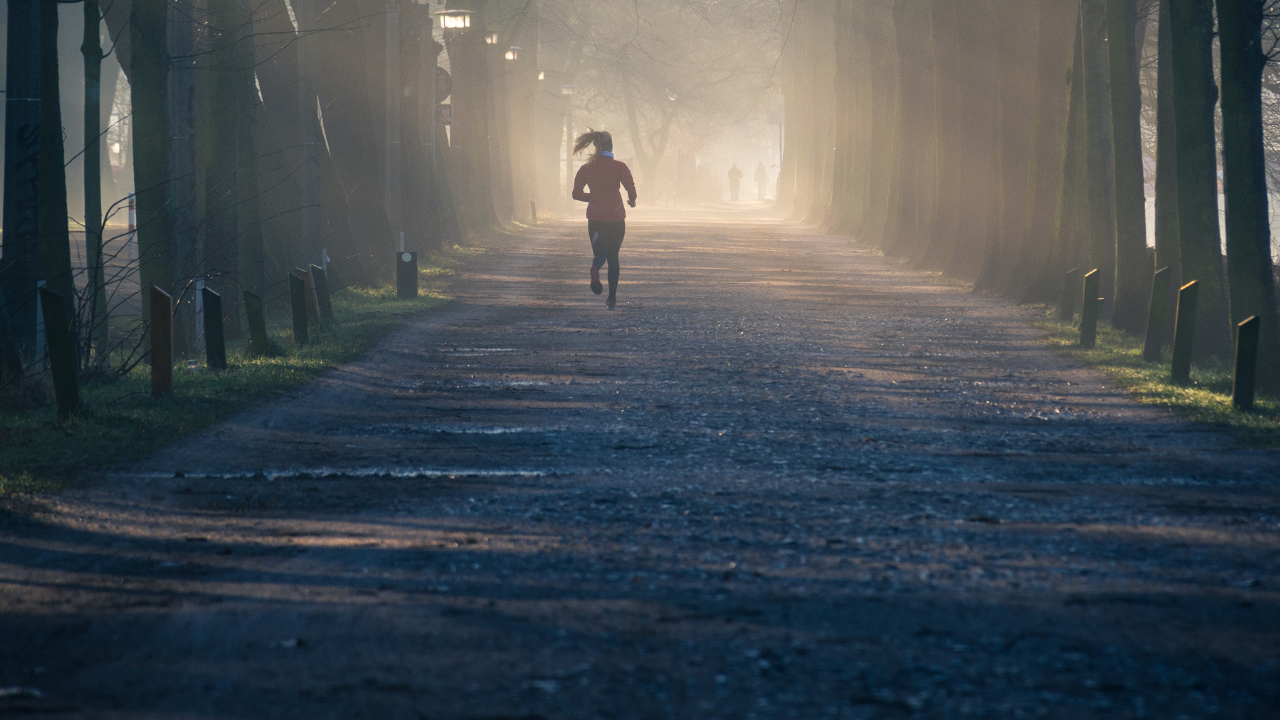Deep Tissue MAssage: 7 powerful benefits
Deep tissue massage has grown in popularity due to its ability to address chronic pain, muscle tension, and stress at a deeper level than traditional massages. This therapy is ideal for those who suffer from persistent aches, postural problems, and muscle imbalances, or for those seeking a method to enhance their physical and mental well-being.
In this blog, we’ll explore what deep tissue massage is, how it works, the science behind its benefits, and why it’s becoming a staple in both relaxation and rehabilitation therapies.
What is Deep Tissue Massage?
Deep tissue massage is a technique that focuses on the deeper layers of muscle tissue, tendons, and fascia (the protective layer surrounding muscles, bones, and joints). Unlike other forms of massage that primarily target surface muscles for relaxation, deep tissue massage is specifically designed to address chronic tension patterns and tight muscles embedded in deeper layers of the body.
The strokes in deep tissue massage are slower, more forceful, and often directed along the muscle fibers, fascia, and tendons. Therapists apply firm pressure using their hands, forearms, elbows, and even knuckles to break up scar tissue, release muscle knots, and restore mobility
While this type of massage can sometimes cause discomfort or soreness during or after the session (depending on the intensity), the long-term benefits often outweigh the temporary discomfort.
How Does Deep Tissue Massage Work?
The key to the success of deep tissue massage lies in its ability to penetrate deep into the muscles. Here’s a breakdown of how this works:

1. Targeting deep muscle layers
In daily life, muscles can become tight due to physical activities, repetitive motion, or poor posture. Over time, this leads to the development of “knots” or adhesions, which restrict movement and create discomfort. Deep tissue massage works to break down these knots by reaching the deeper layers of muscle and fascia, thereby relieving the tension.
2. Releasing Muscle Adhesions
Adhesions, or scar tissues, often form after injuries or surgeries. These adhesions can inhibit movement and lead to chronic pain if left untreated. The deep, slow strokes of the massage help break down these adhesions, promoting better circulation and movement in the affected areas.
3. Improving Circulation and Oxygen Flow
One of the reasons deep tissue massage is so effective is that it stimulates blood flow to the affected areas. This increased circulation helps deliver oxygen and nutrients to the muscles, aiding in the recovery and healing process. It also helps flush out metabolic waste products, which can contribute to inflammation and discomfort.
4. Restoring Flexibility and Range of Motion:
Chronic tension and adhesions can limit mobility, making it harder for the body to perform daily functions. By loosening tight muscles and fascia, deep tissue massage helps restore flexibility, improve posture, and enhance the overall range of motion in the body.
Benefits of Deep Tissue Massage
While it is often sought after for its ability to relieve chronic pain, deep tissue massage offers a wide array of benefits. Let’s take a closer look at some of these:
1. pain relief
One of the most prominent reasons people seek deep tissue massage is for pain relief. Whether you suffer from chronic back pain, stiff neck, shoulder tension, or even conditions like sciatica, deep tissue massage can help reduce discomfort by releasing tight muscles and restoring normal function.
A study published in the journal Pain Medicine revealed that patients who received deep tissue massage experienced significant reductions in their chronic pain levels when compared to those who didn’t undergo massage therapy. By targeting the root cause of muscle tension and stiffness, deep tissue massage often provides more lasting relief than traditional treatments like painkillers.
2. Reduced Muscle Tension and Stiffness
Tight muscles often lead to stiffness, limiting your ability to move freely and perform daily activities. Deep tissue massage works by loosening these tight areas, enabling better movement and reducing the overall feeling of stiffness. This is particularly useful for individuals who have physically demanding jobs, athletes, or anyone who experiences muscle tension due to stress.
3. improved posture
Poor posture is a leading cause of muscle imbalances and tension, especially in areas like the neck, shoulders, and lower back. Deep tissue massage helps to correct these imbalances by releasing the overly tight muscles and fascia that contribute to poor posture. Over time, regular deep tissue massage sessions can promote better alignment, reducing the strain placed on the body’s joints and muscles.

4. Increased Mobility and Flexibility
Flexibility is essential for overall health and functionality, particularly for those who are physically active or engaged in fitness routines. Deep tissue massage helps improve flexibility by stretching and elongating muscles, which can lead to improved athletic performance and reduced risk of injury.
Additionally, by reducing adhesions and scar tissue, deep tissue massage allows for greater mobility in the affected areas, ensuring that muscles and joints can move more freely.
5. Stress Reduction and Mental Clarity
While deep tissue massage is more physically intense than relaxation-focused massages like Swedish massage, it still offers substantial mental health benefits. The release of tension and pain from the body can lead to significant reductions in stress levels.
Many individuals report feeling more relaxed, less anxious, and more mentally clear after a deep tissue session. This is due to the release of endorphins—natural mood enhancers—along with the physiological benefits of reduced muscle tension and improved circulation.
6. Supports Injury Rehabilitation
For individuals recovering from injuries such as muscle strains, ligament tears, or even surgeries, deep tissue massage can be an essential part of the rehabilitation process. The therapy encourages blood flow to injured areas, which accelerates the healing process by providing essential nutrients and oxygen. Additionally, it helps reduce scar tissue formation, which can limit mobility and lead to chronic pain if left untreated.
7. Helps Manage Chronic Conditions
Deep tissue massage has been shown to provide relief for chronic conditions like fibromyalgia, arthritis, and chronic lower back pain. For example, fibromyalgia sufferers often deal with muscle pain and stiffness, and deep tissue massage can alleviate these symptoms by relaxing the muscles and improving circulation.
Techniques Used in Deep Tissue Massage
Several techniques are employed in deep tissue massage to target and release muscle tension effectively. These include:

1. stripping
This involves deep pressure applied along the length of the muscle fibers. The therapist uses their fingers, knuckles, or forearm to “strip” the muscle of tension from origin to insertion.
2. friction
This technique is used to target areas of adhesions or scar tissue. The therapist applies pressure across the muscle fibers (often using their fingers or elbows) to break down knots and improve mobility.
3. Posture and Spine Health
A technique that focuses on the fascia, the thin connective tissue that surrounds muscles and organs. By gently stretching and manipulating the fascia, myofascial release can help restore mobility and reduce tension in the muscles.
Who Should Get a Deep Tissue Massage?
Deep tissue massage is beneficial for a wide range of people, but it’s particularly useful for those who:
- – Suffer from chronic muscle pain or tension, such as back, shoulder, or neck pain.
- – Have sustained a muscle injury or are recovering from surgery.
- – Experience stiffness or limited mobility due to scar tissue or adhesions.
- – Engage in regular physical activity and want to maintain flexibility and prevent injury.
- – Suffer from postural issues caused by prolonged sitting or repetitive movements.
However, deep tissue massage is not suitable for everyone. People with certain conditions like osteoporosis, blood clotting disorders, or recent fractures should avoid deep tissue therapy. It’s always advisable to consult with a healthcare provider before undergoing any form of therapeutic massage, especially if you have pre-existing medical conditions.
What to Expect During and After a Deep Tissue Massage
During a deep tissue massage session, your therapist will begin by assessing your body to identify areas of tension and discomfort. Depending on your needs, they may focus on specific areas or provide a full-body massage. Sessions typically last between 60 and 90 minutes.
It’s normal to feel some discomfort during the massage, especially when targeting deeper muscle layers or adhesions. Be sure to communicate with your therapist about your pain threshold to ensure the pressure is adjusted accordingly.
After a deep tissue massage, it’s common to experience some soreness, similar to what you might feel after an intense workout. This soreness should subside within a day or two, leaving you feeling more relaxed and flexible. Drinking plenty of water after your session will help flush out toxins released from the muscles and aid in recovery.
Deep Tissue Massage: INConclUSION
Deep tissue massage is a powerful therapeutic tool with a broad range of benefits, from pain relief and increased flexibility to stress reduction and enhanced mental clarity. Whether you’re seeking relief from chronic pain, recovering from an injury, or simply aiming to improve your overall well-being, deep tissue massage offers an effective and holistic approach to health.
By targeting the deeper layers of muscle and fascia, this massage technique helps to break down adhesions, improve circulation, and restore mobility, providing long-term relief for those suffering from muscle tension and chronic pain.
If you wish to seek further help or speak to a practitioner about any of the above, call us on 0800 731 2738 or book online here.
You can also view all the services we provide within our clinics on our website, as well as checking out our other blogs and content.
For more free tips and information, make sure to follow our Facebook and Instagram pages. We also post client stories, so you can see how we’ve helped people get back to doing the things they enjoy!



